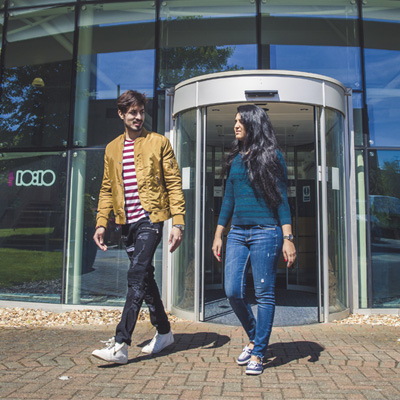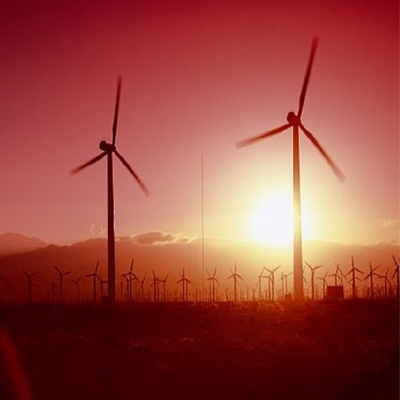Global chemical and oil and gas industries are reliant on hundreds of thousands of miles of pipelines - dependent on manual inspections which are hugely time-consuming, expensive and involve serious safety risks in hazardous environments such as offshore rigs.
Dr Prafull Sharma, during his PhD in Cranfield developed breakthrough technology for CUI monitoring and prediction, bringing radar technology used in space industry into industrial corrosion monitoring. The system includes long-range sensors, capable of monitoring lengths of 100 metres of pipe at a time, linked to a decision-making tool that identifies priorities for maintenance.
The patented tech has led to a University spin-out, CorrosionRADAR, a business with the potential to transform levels of risk for international industry networks and improve safety and resilience. One of the major issues is Corrosion Under Insulation (CUI) which often remains undetected under the insulation on metal surface. Running high-value infrastructure that demands 100% uptimes makes timely maintenance business critical. The CUI monitoring market in Oil and Gas alone is estimated at £3.5 billion.
Key Facts
The CorrosionRADAR device consists of thin-long sensors (analogues to heat tracers used in industrial piping) embedded inside insulation. The sensor is applied within high-risk sections of an asset, a column or pipe or any other critical complex geometry. Radar signals are sent via the sensor, a form of continuous monitoring that provides data wirelessly on the condition and the presence of corrosion and moisture within the insulation. That means a remote means of risk profiling, accurately detecting and predicting corrosion development using advanced models and analytics. Data can be incorporated into any existing asset management system.
CorrosionRADAR was set up with £15,000 seed funding from the University’s Bettany Centre, and subsequently attracted several grants from Innovate UK, OGIC, OGTC and investments from Venture Capital firms for product development and commercialisation.
“In 2018 we ran major trials with three blue-chip petrochemical companies in three different countries. In 2019 we’re going ahead with several commercial deployments. It’s a really important milestone when the first sale comes in, it’s that all-important proof that the market wants it, and we have already achieved that."
“We’re aiming for 20 major systems to be in operation globally by the end of 2019 - each of them featuring incremental improvements in the technology.”


